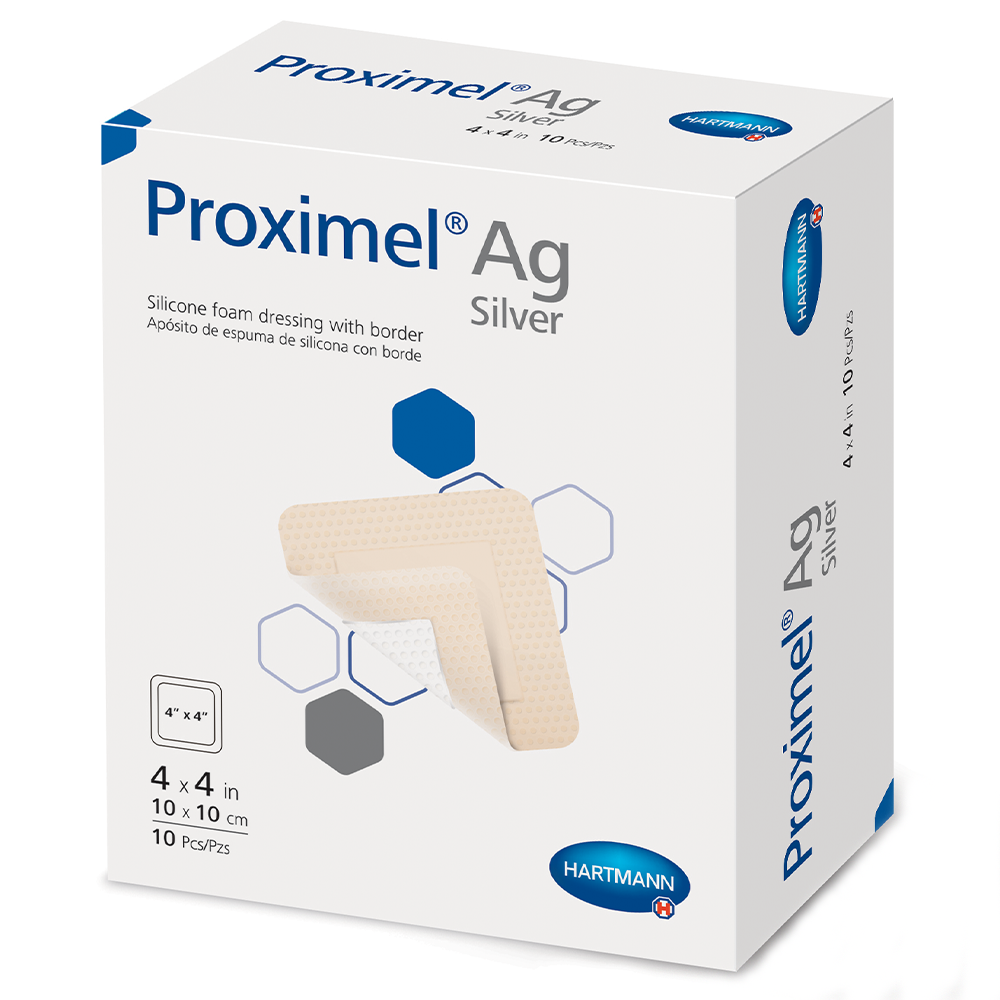
Proximel Ag Silicone Foam Dressing with Border
Designed for treating moderately to heavily exuding wounds, Proximel® Ag bordered silicone foam dressings utilize an innovative five-layer design that improves patient comfort, reduces complications


Designed for treating moderately to heavily exuding wounds, Proximel® Ag bordered silicone foam dressings utilize an innovative five-layer design that improves patient comfort, reduces complications
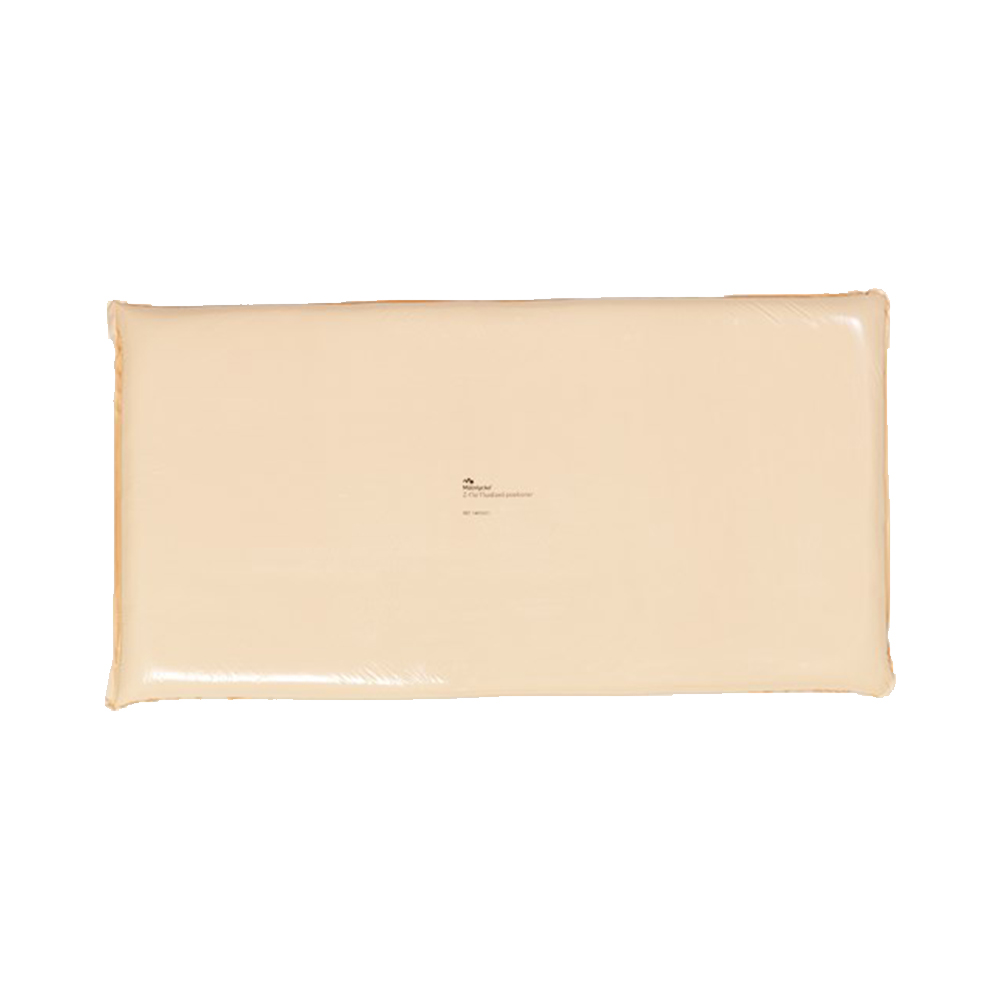
How Z-Flo™ Fluidized Positioners works
Z-Flo Fluidized Positioners are used mitigate pressure injury risk factors while maintaining neutral body alignment. Our patented and versatile positioners
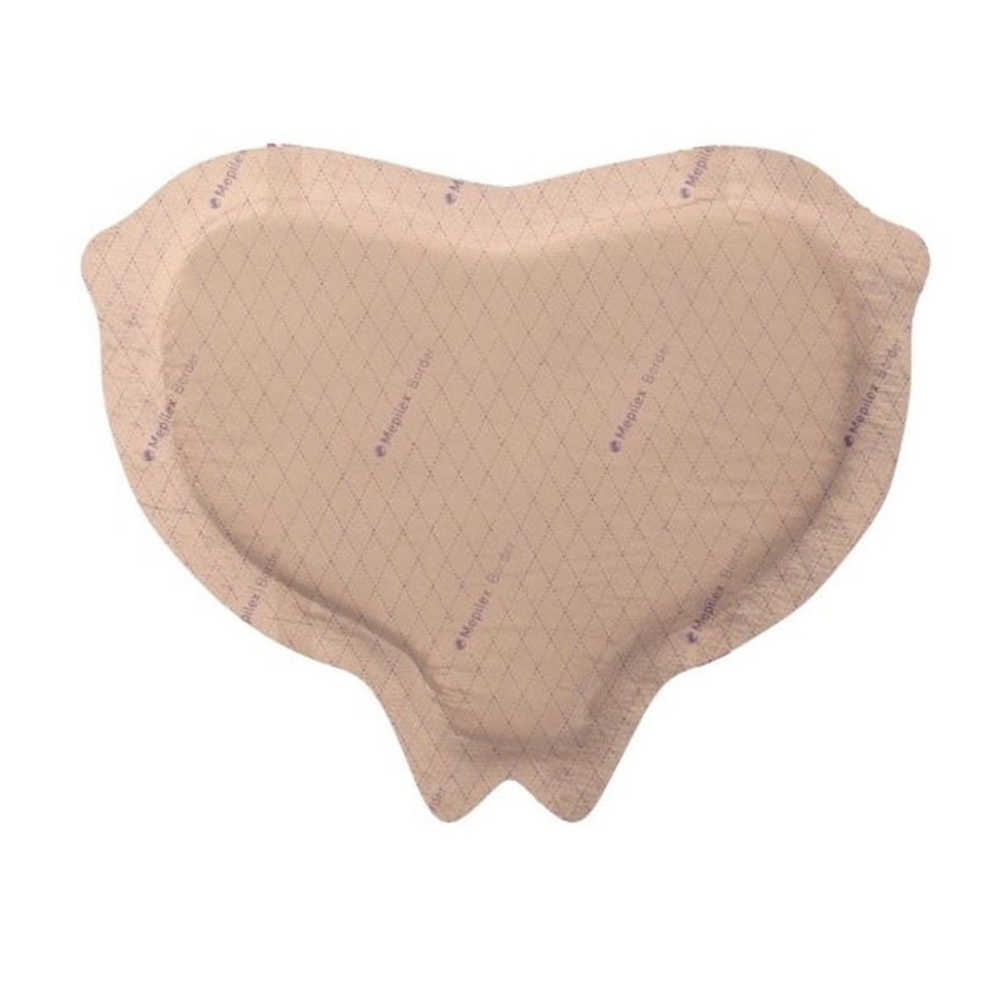
With a five-layer design, Mepilex® Border Sacrum Dressings make use of Deep Defense™ technology to improve balance and flexibility while preventing pressure ulcers and helping
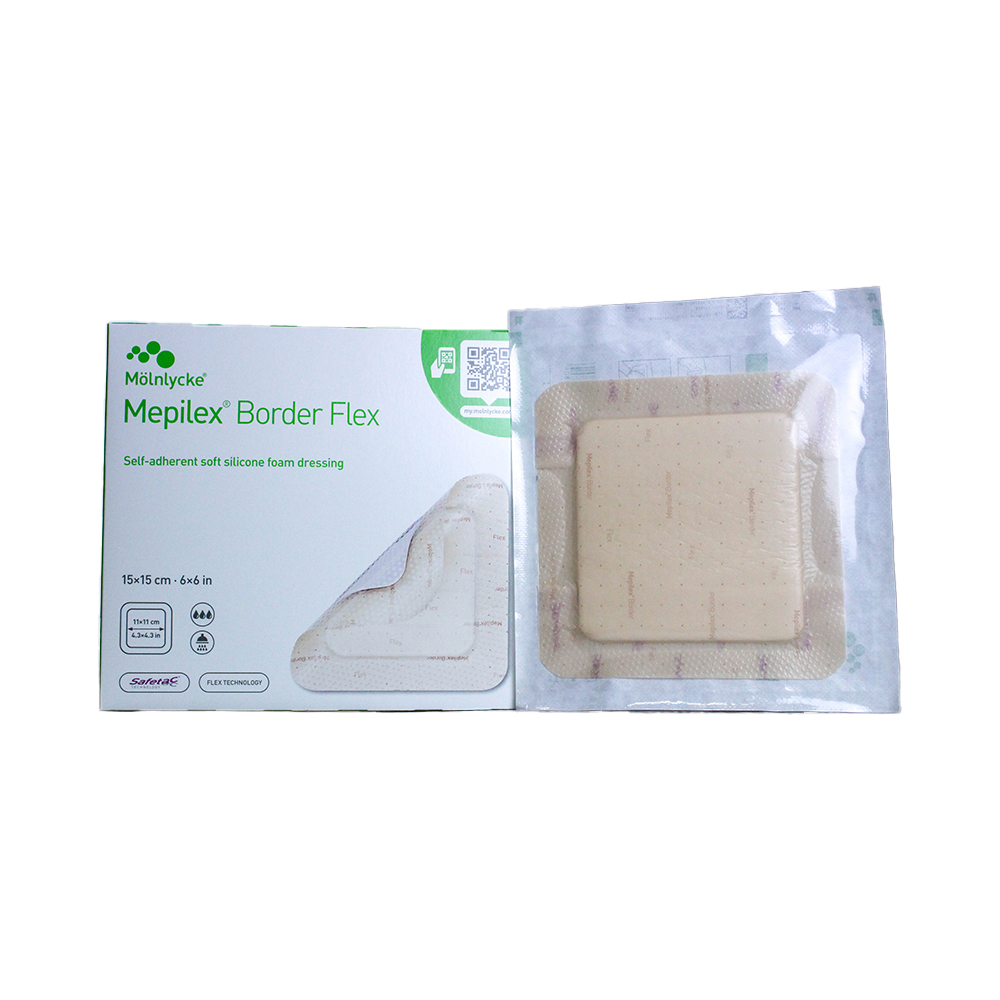
Featuring a highly absorbent five-layer design and Safetac® technology, Mepilex® Border Flex Foam Dressings are designed to assist with managing moderate- to high-exudate chronic and
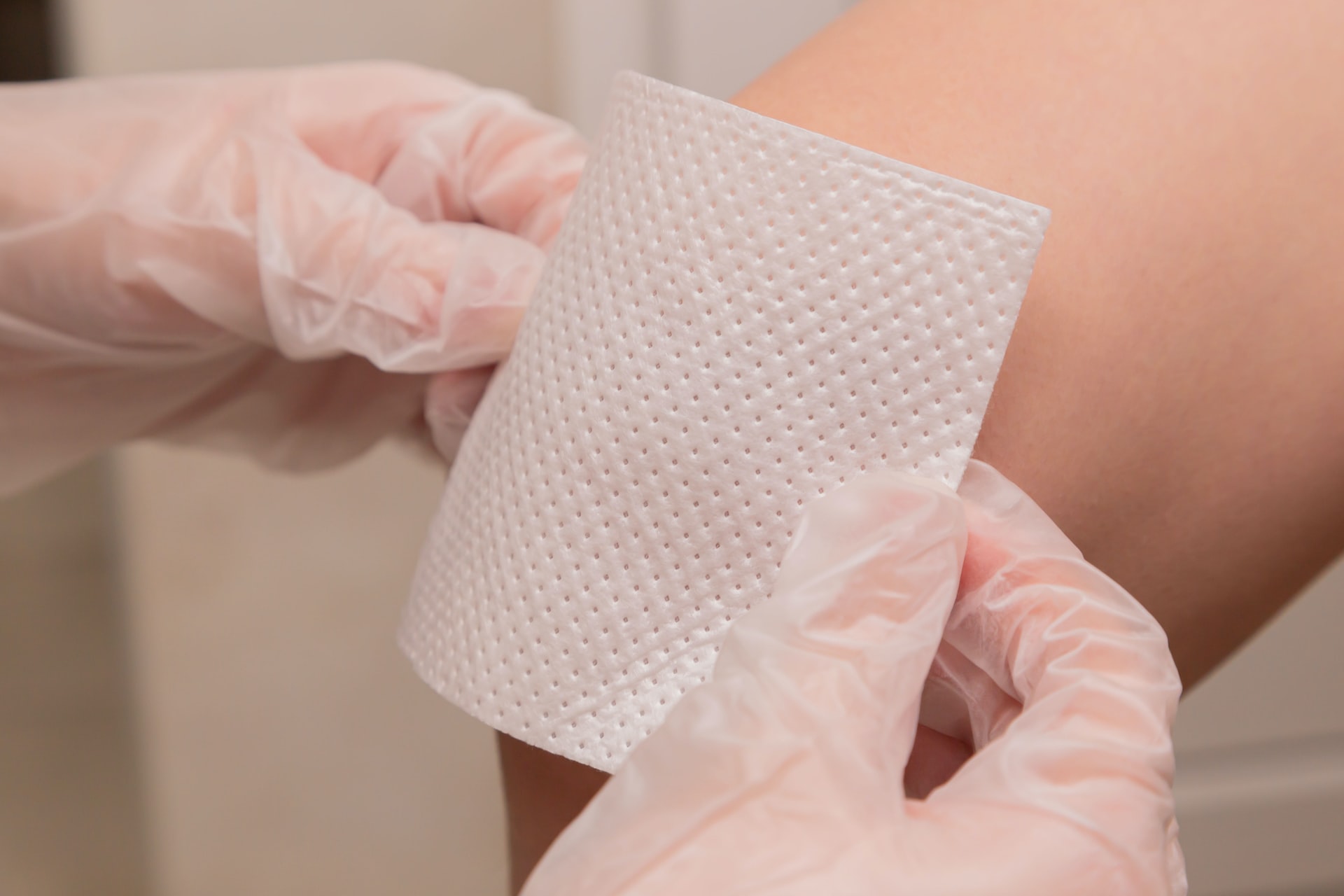
When a wound occurs – be it a cut, abrasion, laceration or burn – it
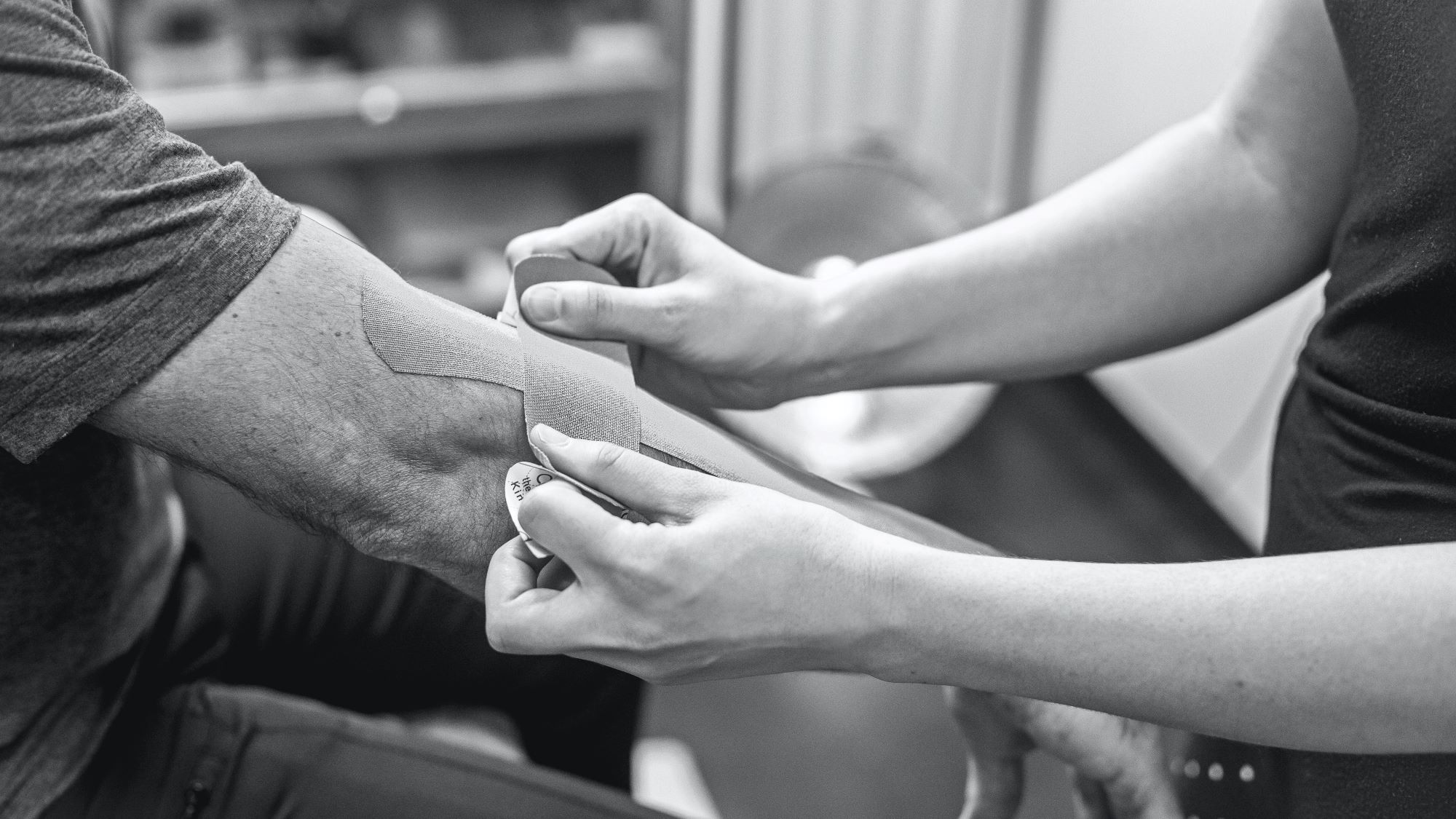
Chronic wounds are, by definition, difficult to heal. An entire area of medical specialty is

You may wonder, “why is my wound not healing?”. Generally, wounds can heal alone, especially
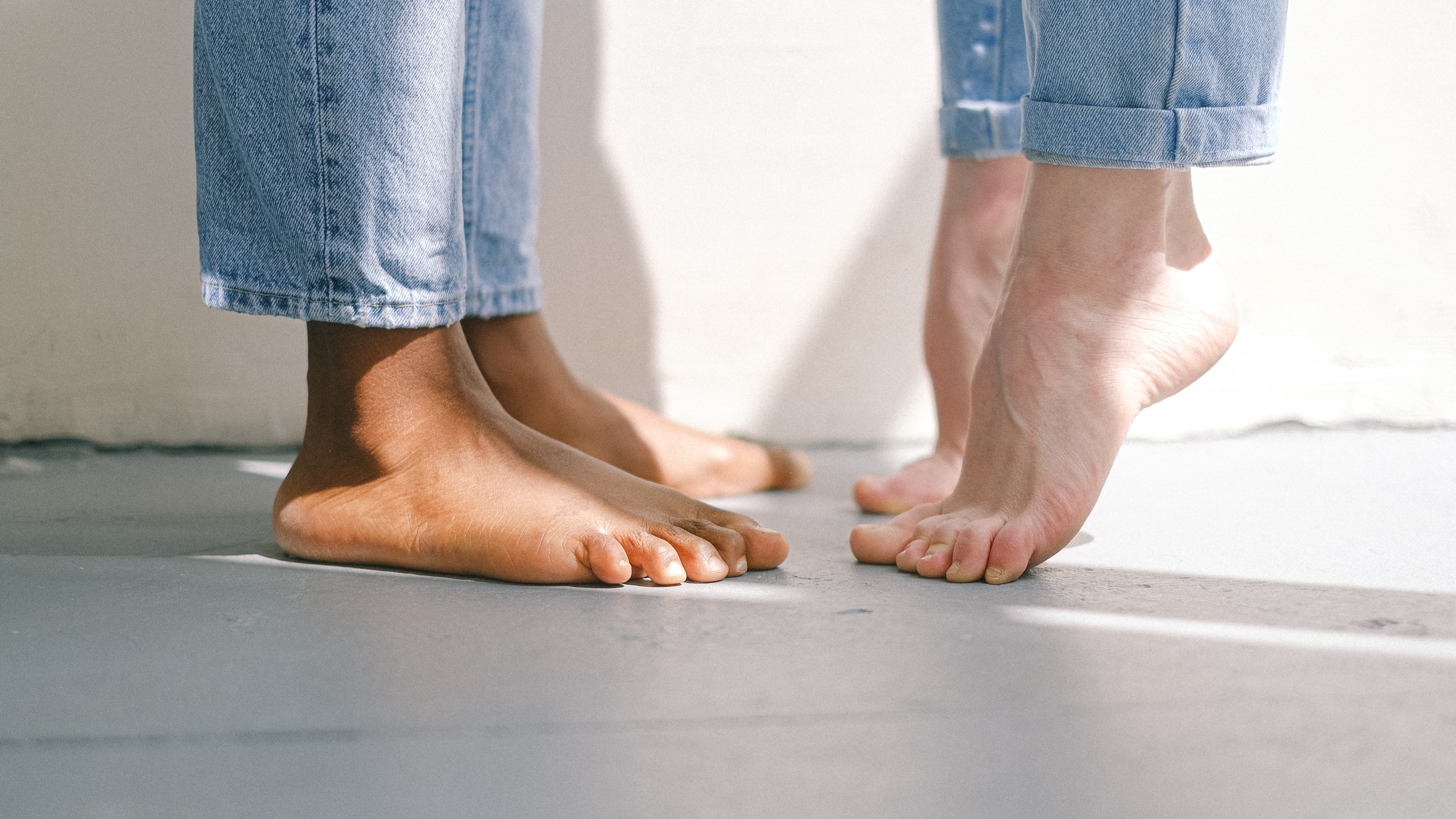
Although treatments for diabetes continue to improve, diabetic foot ulcers remain a frequent occurrence. They
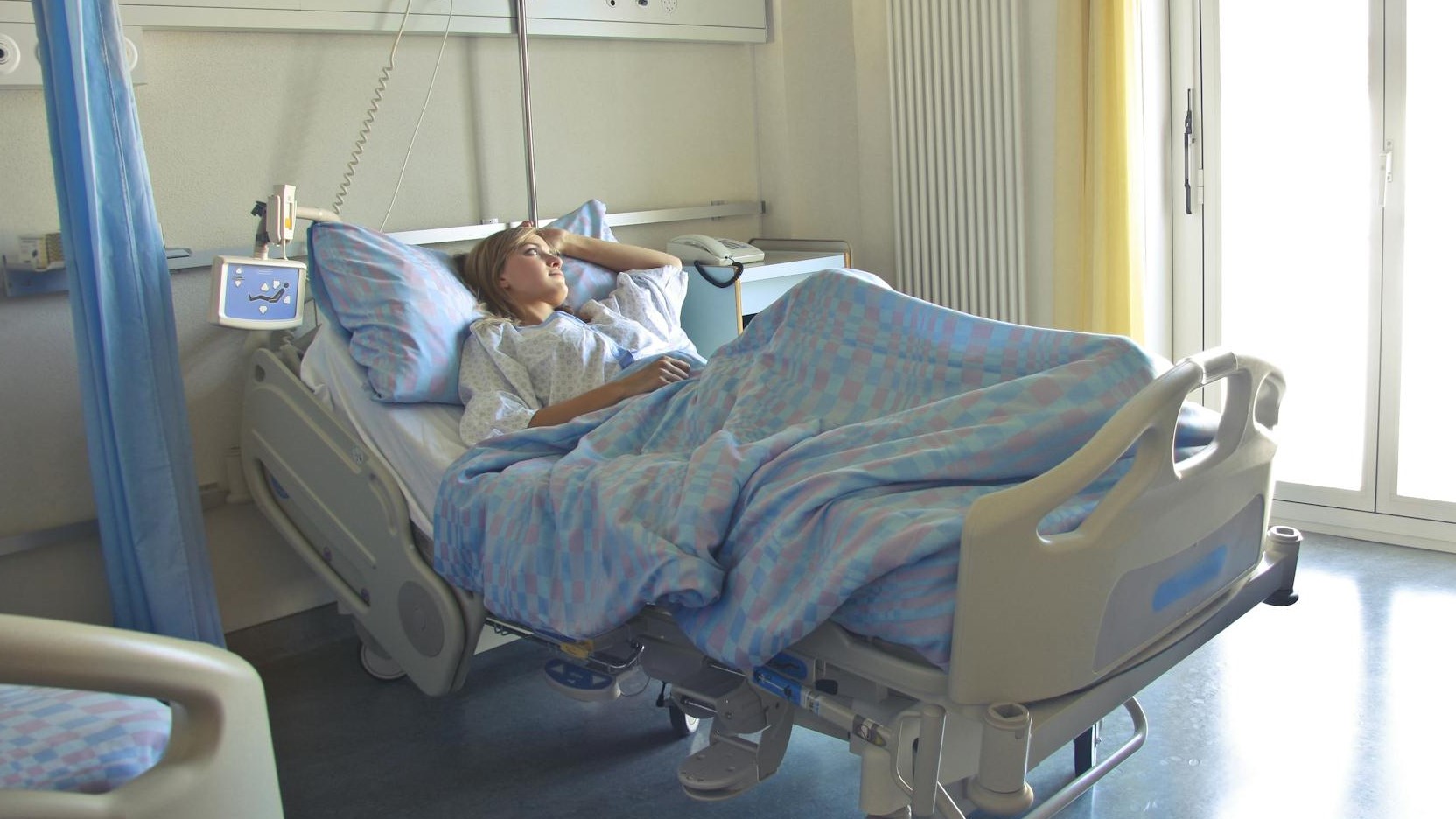
Bed sores, also known as pressure ulcers or pressure injuries, are a common yet serious
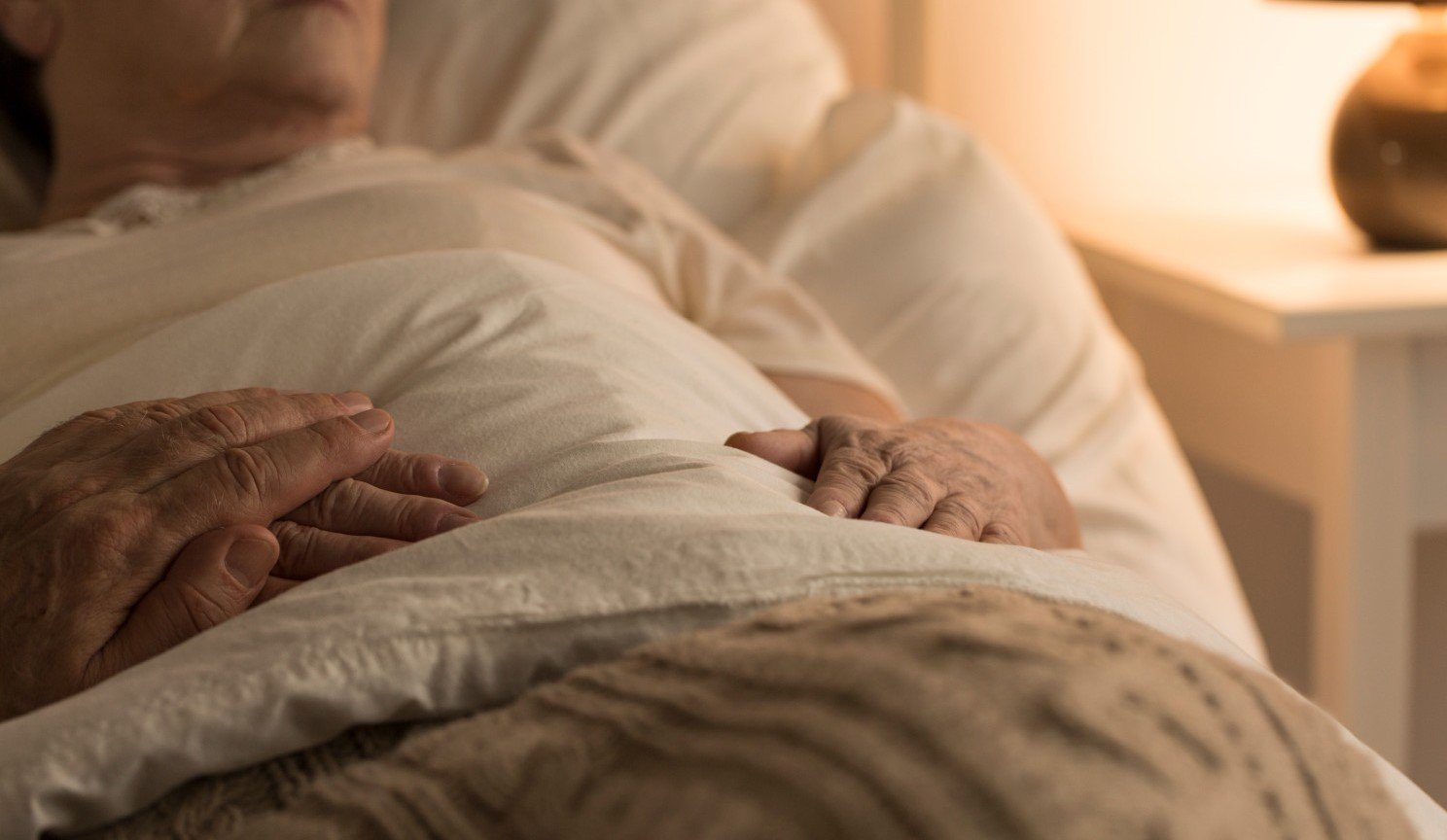
Despite greater-than-ever awareness of the issue, pressure injuries remain a significant problem in hospitals, facilities
